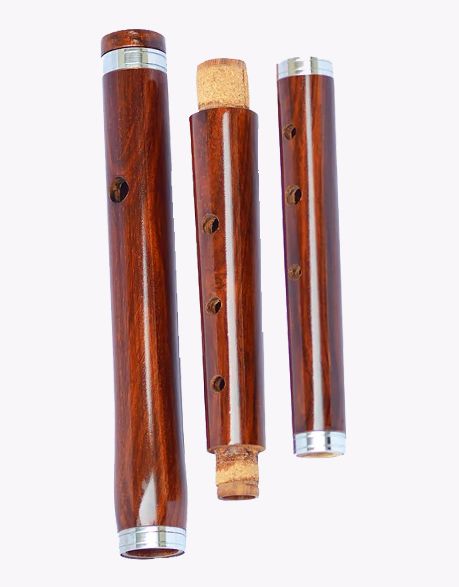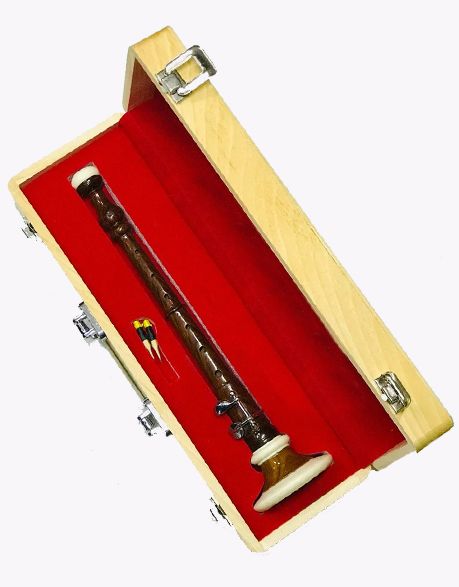Exceptional Irish Flutes: Caring Tips for Fresh Looks!

Irish people play several music variations, like folk music, jigs, reels, and Irish trad music. They need different musical instruments to play them, and flutes are one of them. Flutes are traditional wooden instruments with 3 parts: head joint, body, and foot joint. Head joints have an embouchure hole and tuning slide, while the body contains several holes. The foot joint can be an optional part having additional keys and tone holes. As a musical tool, the flute provides unique sounds, and its proper care allows you to play it for an extended duration. Do you know some essential care tips for Irish flutes? Proceed to learn!
Table of Contents
ToggleIrish Flute Caring Tips
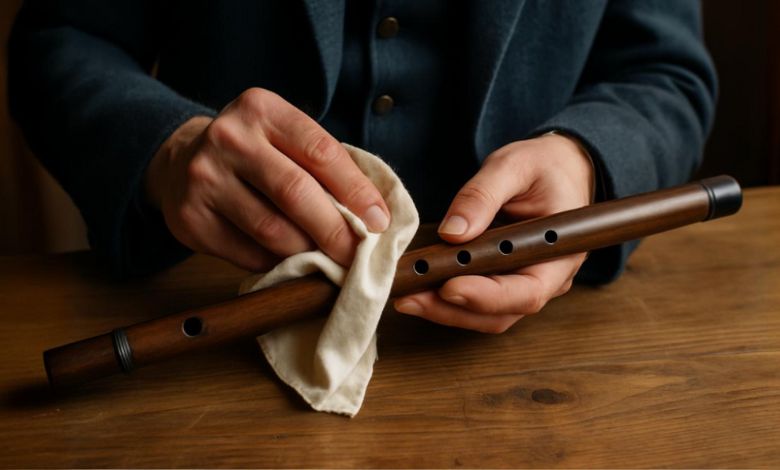
When it comes to the care tips for flutes, we have multiple ways. Though the instrument looks very simple, it requires a high level of attention, not only for its fresh looks but also for its longevity. So, ignoring the importance of care can make you reinvest in no time. Follow the given tips and enjoy ear-soothing sounds for a long duration.
Understand the Construction of the Irish Flute First
The primary point is always to understand the craft of your flute. Examine what material it is made from, whether it is rosewood, boxwood, Derlin, or PVC, and follow maintenance tips accordingly. Experts often craft them using rosewood because of its solid base and ability to withstand longer durations.
Daily Maintenance Routine
Practice daily maintenance of your musical tool accordingly. This doesn’t require much effort. An individual just has to clean the interior and exterior regularly. Ensure to use the recommended cloth and solutions to prevent the wood from fading or cracking. Likewise, do not make the mistake of ignoring periodic inspections that individuals usually do.
Handling and Playing Etiquette
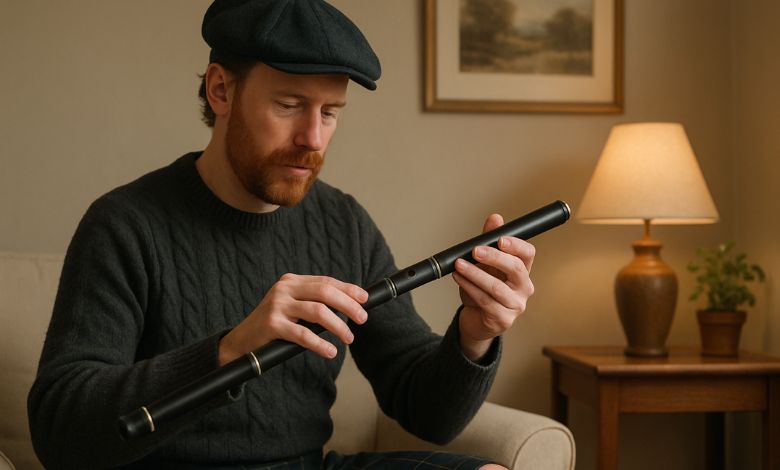
Many people may not be familiar with it, but the way they handle or play a flute can make it out of order. Proper handling increases the lifespan of the instrument. Remember, improper handling of an Irish flute, such as twisting the keys, dropping it, or not aligning the head joint properly, can damage the instrument. So, excelling at the ways to handle and play a flute is also a caring tip.
Cleaning the Exterior
The next thing to maintain the health of an Irish flute is to keep its exterior clean to upkeep its stunning finish. Use a soft cloth like cotton or linen for this purpose. If the fingerprints still remain, using a few drops of almond or grapeseed oil will remove the prints and dust thoroughly. Therefore, avoid using chemical-based oils, as they can damage the finish.
Joint Care with Cork Maintenance
Remember, not only the wooden parts but also the joints and corks require attention.. Ensure their proper care and maintenance by regularly cleaning the joints with a lint-free cloth. Avoid using grease or oil on the joints, and consider using cork grease on the tenon joints if they become sticky.
Safe Storage, Secure Transportation
Unfortunately, newbies ignore this point which damages their flute. The proper storage of tools is the guarantor of secure transportation and performance. To do so, using a well-fitted case that keeps the flute securely in place is essential. Similarly, keep it away from extreme temperatures. Above all, do not let the sunlight directly approach the case or your flute to preserve its finish.
Periodic Inspection and Professional Care
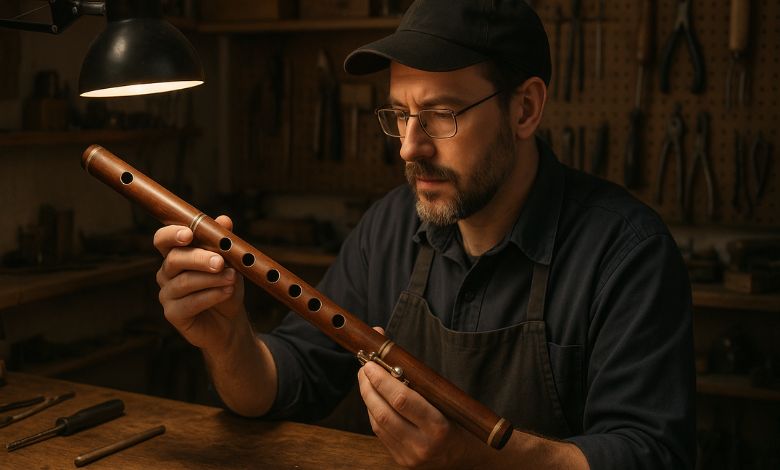
Regular players should inspect their flutes frequently. If not possible, they should set a time for doing so. If the finish gets cracked or holes become damaged because of any factor, have it repaired promptly. Get them repaired by professional technicians to ensure they continue to perform well.
Common Playing Mistakes Harming Your Instrument
Knowing expert flutes, caring tips, and implementing them, undoubtedly, is the best way to maintain the instrument. Nevertheless, there is something else that also matters, and it is to make some mistakes while playing the flute, and they harm the instrument. Some of these errors are given below:
Moisture from Poor Playing Technique: It usually happens when warm, moist air from the player’s breath condenses onto the cooler surfaces of the flute’s bore. One can regularly use a flute swab to absorb moisture or gently blow air through the flute to dry it.
Over or Downward Blowing: Blowing too much or blowing air downwards is an issue that beginners do not value much. It can cause air leaks and affect sound quality.
How to Choose the Right Instrument

Choose High-Quality Materials: The primary thing is choosing the premium quality material. Such flutes are more durable and produce better sound quality.
Keyed vs. Keyless: Irish flutes have these two variations. Keyed flutes contain a number of keys extending the instrument’s range and allowing for playing accidentals. However, keyless flutes do not have keys and rely on fingerings and embouchure adjustments to play accidentals.
Pricing Factor: The last thing one must consider is the price of the flute you are buying. Every brand has its price tags. The same flute might be available at several prices at different stores. So, ensure you compare prices before buying one.
Best Irish Flutes and Their Prices
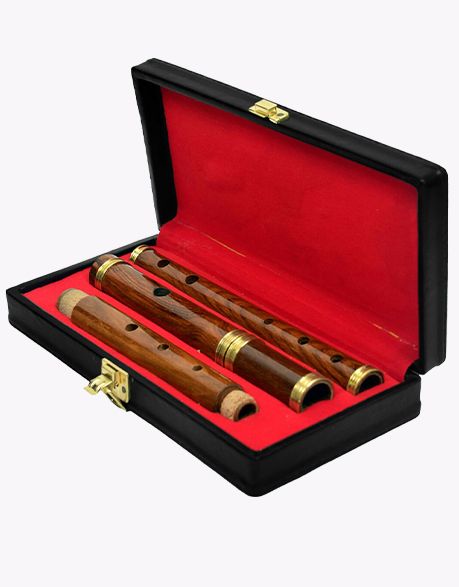
Shop for Quality Irish Instruments at Irish Kilt Shop
You might be wondering where to buy these Irish flutes. But there is nothing to worry about because Irish Kilt Shop offers all of these products made with uncompromised quality material. Being an online brand, we deliver your flutes to the doorstep. Above all, our inventory has more musical tools, including bagpipes and lyre harps. So, do not wait any longer and order your next Irish flute with hassle-free return and exchange policies.
Frequently Asked Questions About Irish Flutes
How do Irish flutes differ from the Boehm flute?
They differ significantly in material and make. Irish flutes are wood-made and have conical bores. The Boehm flute, on the other hand, is primarily made with metal having a cylindrical bore.
What is the width of a standard flute bore?
The bore of a flute is the internal diameter of the flute’s tube, where the air vibrates to produce sound. Therefore, this width or diameter is approximately 0.748 inches or 19 mm.
How long can an Irish flute survive?
The lifespan of a flute typically depends on its quality and how you deal with it. A rosewood instrument has the potential to last more than a decade, while regular maintenance and timely repair are the conditions. Otherwise, it will accompany you for a couple of years maximum.
Are Irish and Celtic flutes the same?
Yes, Irish flutes and Celtic flutes generally refer to the same type of instrument. They are the same type of simple-system, wooden flute used in traditional Irish and other Celtic music.


